Rank Species | Higher classification Indian mallow | |
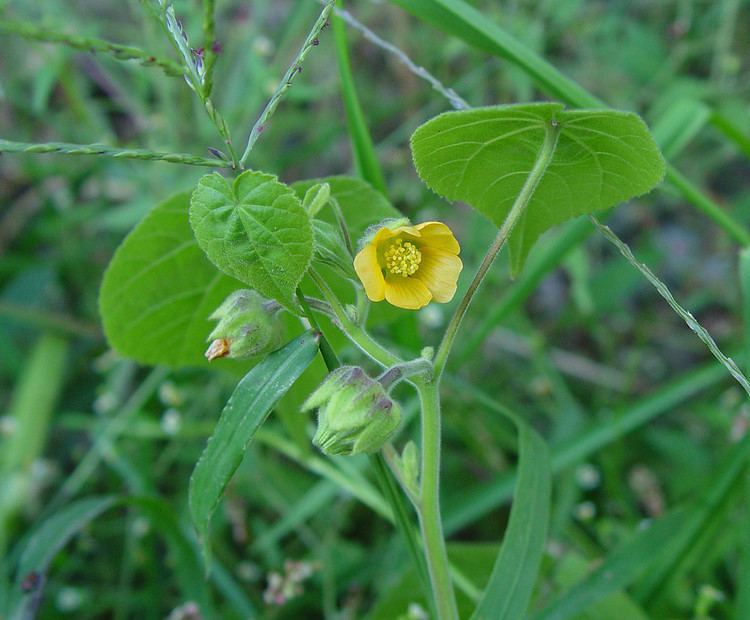 | ||
Similar Indian mallow, Amaranthus retroflexus, Mallows, Echinochloa crus‑galli, Setaria | ||
Velvetleaf hand drill friction fire practice 07 27 2016 abutilon theophrasti
Abutilon theophrasti (velvetleaf, velvetweed, Chinese jute, China jute, buttonweed, butterprint, pie-marker, or Indian mallow) is an annual plant in the family Malvaceae, native to southern Asia. Its specific epithet theophrasti commemorates the ancient Greek botanist-philosopher Theophrastus.
Contents
- Velvetleaf hand drill friction fire practice 07 27 2016 abutilon theophrasti
- Description
- Cultivation and uses
- Invasive species
- References
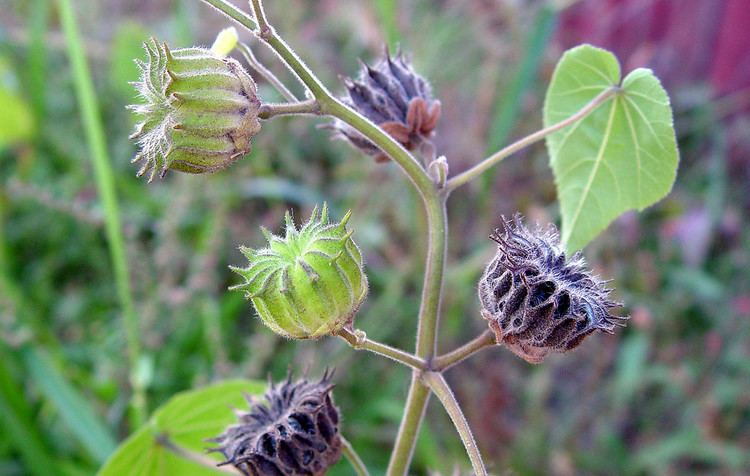
Description
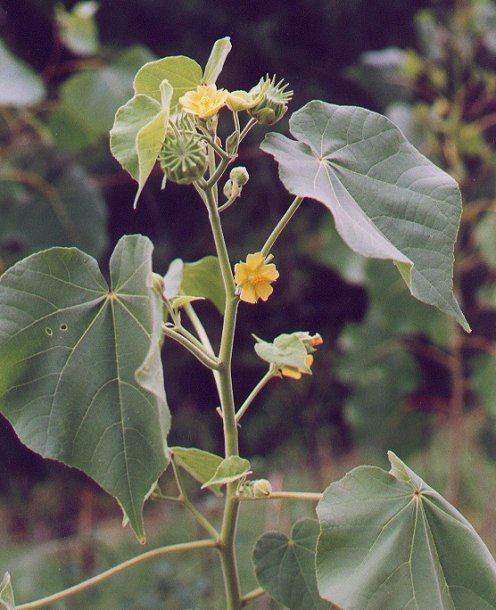
It grows to 2 m tall, and has velvet-like heart-shaped leaves 15–25 cm broad. The flowers are yellow or orange, 4 cm diameter, maturing into button-shaped capsules which split lengthwise to release the seeds. The flowers and plants have a fruity scent.
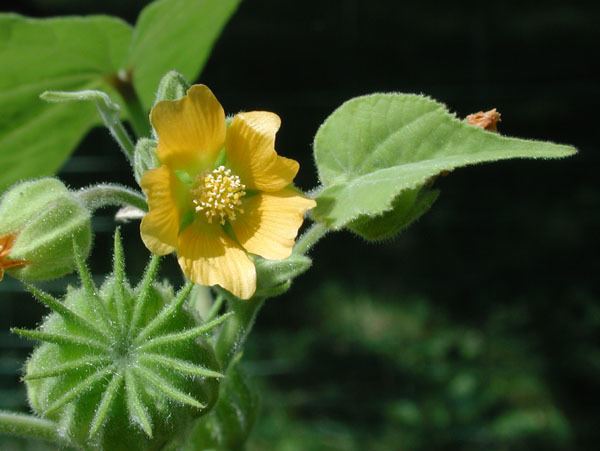
Velvetleaf grows as a weed primarily in cropland, especially corn fields, and it can also be found on roadsides and in gardens. Velvetleaf prefers rich and cultivated soils, such as those used in agriculture.
Cultivation and uses
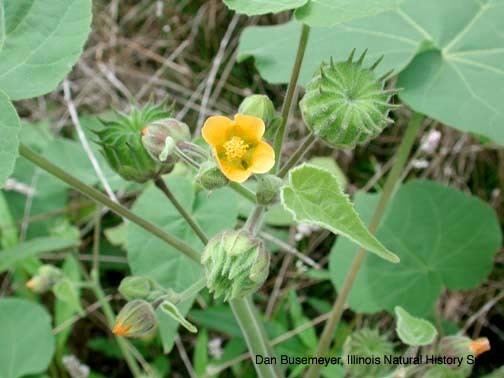
Velvetleaf has been grown in China since around 2000 BCE for its strong, jute-like fibre. The leaves are edible, stir-fried or in omelette. The plant is known as maabulha in the Maldives and its leaves were part of the traditional Maldivian cuisine, usually finely chopped and mixed with Maldive fish and grated coconut in a dish known as mas huni. The seeds are eaten in China and Kashmir.
Invasive species

In midwestern and northeastern regions of the United States, eastern Canada and the Eastern Mediterranean, A. theophrasti is considered a damaging weed to agricultural crops, especially corn and soybeans.

Since being introduced to North America in the 18th century, velvetleaf has become an invasive species in agricultural regions of the eastern and midwestern United States. It is one of the most detrimental weeds to corn causing decreases of up to 34% of crop yield if not controlled and costing hundreds of millions of dollars per year in control and damage. Velvetleaf is an extremely competitive plant, so much so that it can steal nutrients and water from crops. Velvetleaf is controllable by herbicides.
